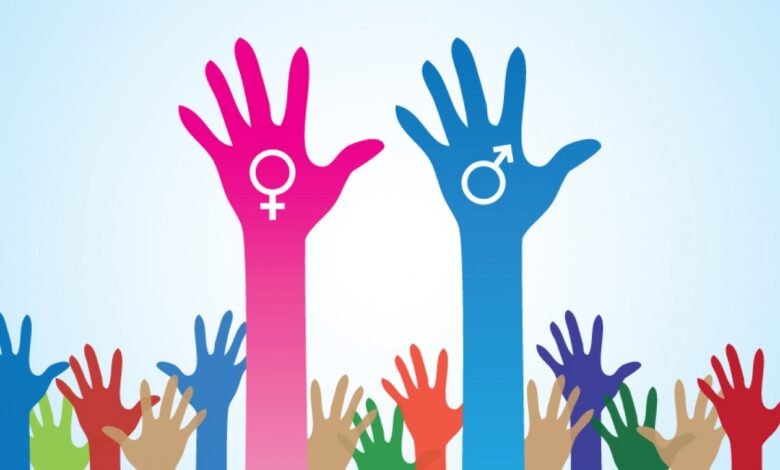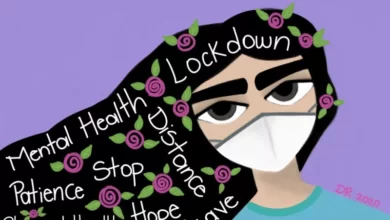Gender Equality in Education: Empowering Girls for a Brighter Future

Gender equality is a fundamental human right and a necessary foundation for a peaceful and prosperous world. Education is a key driver of gender equality and empowerment, enabling girls and women to achieve their full potential and contribute to their families, communities, and societies. However, gender disparities in education persist in many parts of the world, limiting the opportunities and potential of millions of girls. In this article, we will explore the challenges and opportunities for achieving gender equality in education, the benefits of educating girls, and the strategies for promoting girls’ education.
The Challenges of Gender Inequality in Education
Despite significant progress in recent decades, gender disparities in education remain a major barrier to achieving gender equality and sustainable development. According to the United Nations, over 130 million girls worldwide are out of school, and only two-thirds of countries have achieved gender parity in primary education. In many countries, girls face multiple barriers to education, including poverty, cultural norms and stereotypes, early marriage and pregnancy, gender-based violence, and inadequate resources and infrastructure.
The Benefits of Educating Girls
Investing in girls’ education is one of the most effective ways to promote gender equality and empower women and girls. Educated girls are more likely to marry later, have fewer children, and have better health outcomes for themselves and their families. They are also more likely to earn higher wages, contribute to their communities, and participate in decision-making processes. Educating girls can also have broader social and economic benefits, such as reducing poverty, promoting economic growth, and advancing peace and stability.
Strategies for Promoting Girls’ Education
Achieving gender equality in education requires a comprehensive and multi-dimensional approach, addressing the multiple barriers and challenges that girls face. Some of the key strategies for promoting girls’ education include:
Improving access and affordability
Ensuring that girls have equal access to education, and that education is affordable, is essential for promoting gender equality in education. This requires increasing public funding for education, providing scholarships and other forms of financial support, and removing indirect costs, such as uniforms and transportation.
Addressing cultural and social norms
Challenging and transforming gender norms and stereotypes that limit girls’ educational opportunities is critical for promoting gender equality in education. This includes engaging with communities, religious leaders, and other stakeholders to promote positive attitudes towards girls’ education, and addressing harmful practices such as early marriage and female genital mutilation.
Providing safe and inclusive learning environments
Creating safe and inclusive learning environments, free from gender-based violence and discrimination, is essential for promoting girls’ education. This requires addressing the root causes of violence and discrimination, such as gender stereotypes and power imbalances, and providing training and support for teachers and other education stakeholders.
Empowering girls and women
Empowering girls and women to become active agents of change is a key strategy for promoting gender equality in education. This includes providing girls with life skills, leadership training, and mentorship opportunities, and engaging with women and girls in decision-making processes at all levels.
The Impact of COVID-19 on Girls’ Education
The COVID-19 pandemic has had a disproportionate impact on girls’ education, exacerbating existing gender disparities and creating new challenges. School closures, economic hardship, and increased domestic responsibilities have forced many girls to drop out of school, with potentially long-term consequences for their futures.
The Gender Digital Divide
The shift to online learning has highlighted the digital divide between boys and girls, with girls often lacking access to the technology and internet connectivity needed for remote learning. This has resulted in a widening gender gap in access to education and digital skills.
The Risk of Gender-Based Violence
School closures and increased isolation have also increased the risk of gender-based violence for girls, particularly in contexts where violence is already prevalent. This can have significant negative impacts on girls’ mental health and well-being, as well as their ability to continue their education.
The Importance of Targeted Support
To mitigate the impact of COVID-19 on girls’ education, targeted support and interventions are needed. This includes providing girls with access to technology and internet connectivity, addressing the root causes of gender-based violence, and ensuring that girls have the support they need to continue their education during and after the pandemic.
The Role of Teachers in Promoting Gender Equality in Education
Teachers play a critical role in promoting gender equality in education, as they are often the first point of contact for students and can shape their attitudes and beliefs about gender roles and stereotypes.
Gender-Sensitive Teaching
Gender-sensitive teaching involves incorporating a gender perspective into all aspects of teaching and learning, including curriculum development, pedagogy, and assessment. This can help to challenge gender stereotypes and promote positive attitudes towards girls’ education.
Empowering Girls in the Classroom
Empowering girls in the classroom involves providing them with the skills and confidence they need to succeed in their studies and beyond. This includes promoting girls’ participation in class discussions, providing mentorship and support, and challenging gender-based discrimination and harassment.
Engaging Boys in Promoting Gender Equality
Engaging boys in promoting gender equality is an important strategy for challenging gender norms and stereotypes and promoting positive attitudes towards girls’ education. This includes providing boys with opportunities to learn about gender equality and promoting their active participation in efforts to promote girls’ education.
The Importance of Data in Addressing Gender Disparities in Education
Data is critical for identifying and addressing gender disparities in education, as it allows policymakers and stakeholders to track progress towards gender parity and identify areas where further action is needed.
The Importance of Gender-Disaggregated Data
Gender-disaggregated data allows policymakers and stakeholders to understand the specific challenges and barriers that girls face in accessing education and to develop targeted interventions to address these challenges. This includes data on enrollment, retention, and completion rates, as well as data on the quality of education and the experiences of girls in the classroom.
The Need for Data-Informed Policy and Practice
Data should be used to inform policy and practice, ensuring that interventions are evidence-based and targeted towards the specific needs and challenges faced by girls. This includes monitoring progress towards gender parity, evaluating the impact of interventions, and using data to advocate for increased funding and support for girls’ education.



